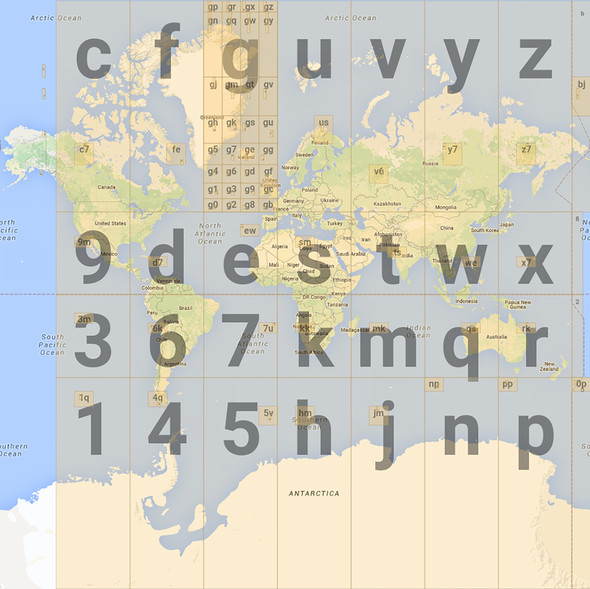We’re almost at the midpoint of the project! I feel like I need a vacation 🙂 So for this blog post I’m going to talk about the trip I took to Hawaii over winter break. I was my first time going (unless you count the time my parents took me when I was an infant), and my girlfriend and I went to Waikiki/Honolulu.
We stayed at Park Shore Waikiki, and our room had an ocean view! We spent a lot of time sitting on the balcony taking in the view people watching .
We ate a bunch of good food while we were there too. My favorites were Marukame, an udon restaurant, and Tonkatsu Tamafuji, a Japanese restaurant that served Tonkatsu (Fried Pork). The latter was very popular; I tried a month beforehand to get a reservation and had no luck until an hour before they opened the day of, I guess someone cancelled last minute! We also got some smaller snacks/goodies like poke, spam musubi, and shaved ice.
We also checked out some nice tourist attractions. We went to Haunama Bay, and tried to snorkel, but the water was very cloudy, it was hard not to step on the coral, and I’m pretty sure the snorkels we bought from the convenience store were meant for children. But it was a beautiful area, and I had a nice time on the beach. We also went to the Waikiki Aquarium, which was kind of small (I’ve been spoiling living so close to Monterey Bay Aquarium my whole life), but still cool! There were a lot of native tropical fish to see.
Thanks for reading!

